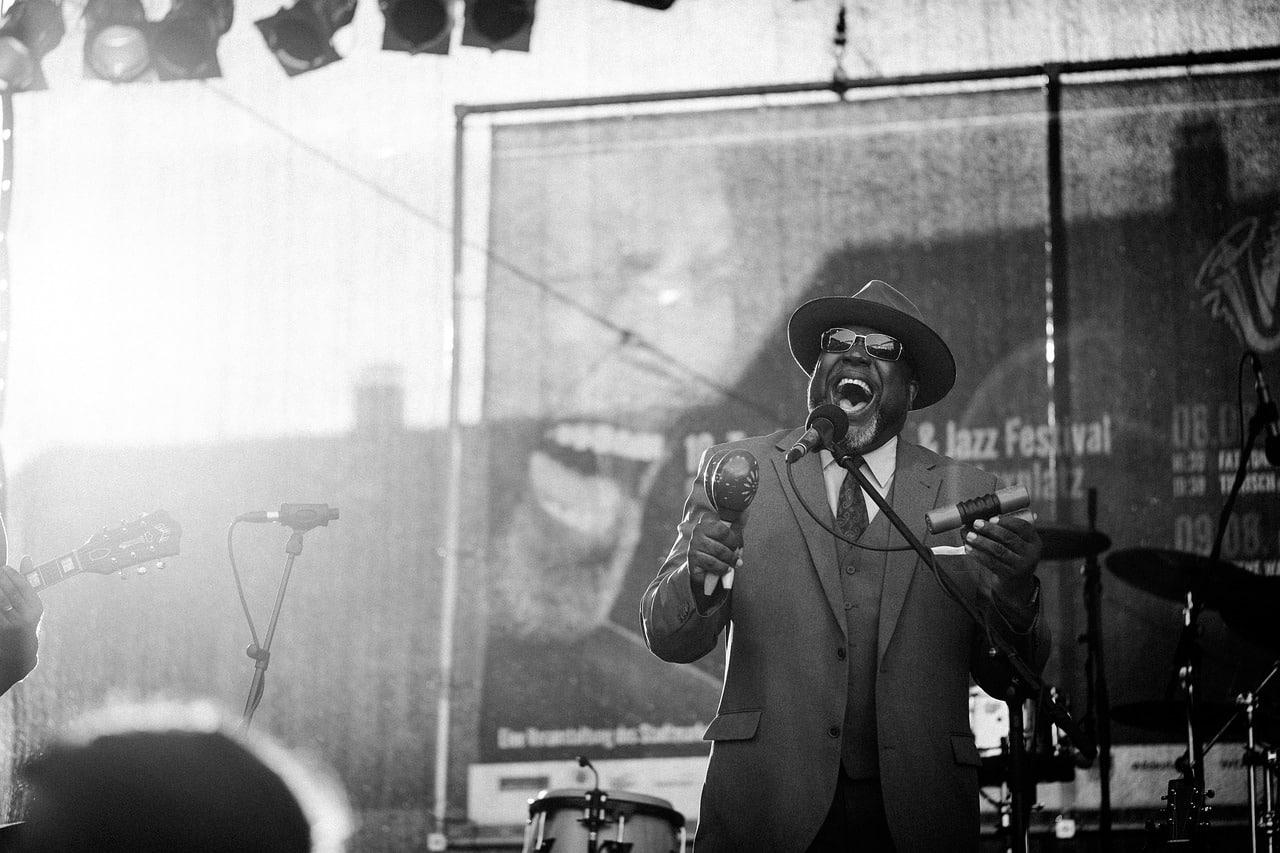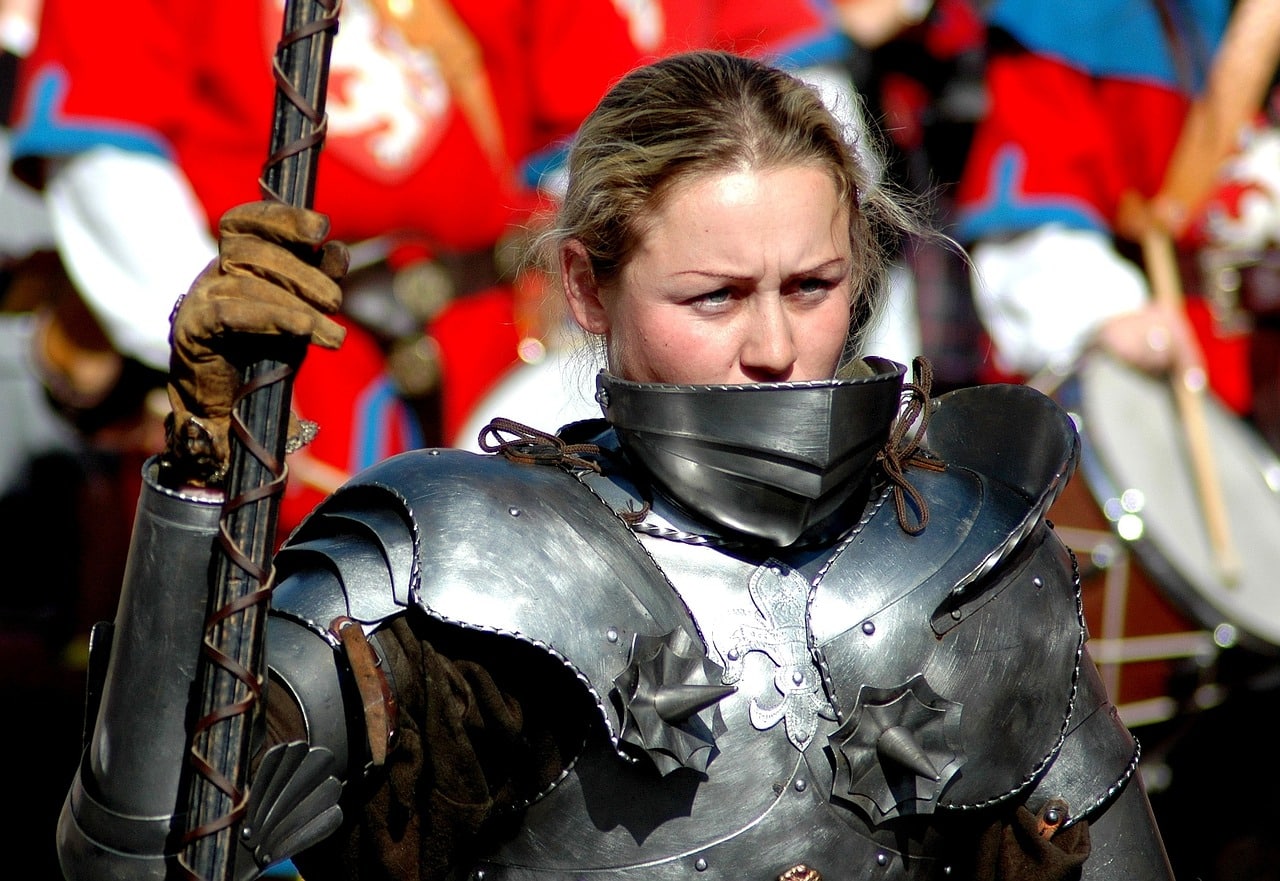
The singer's ruff is his throat.
The term gola refers to the throat of an individual. It is a term that comes from Latin, specifically gluttony .
The gola, therefore, is the area that is located between the entrance of the esophagus and the larynx and the soft palate . This is a vulnerable region that, in the case of animals, is usually the target of attacks by many predators.
The navigable channel that allows ships to enter a port and the architectural molding with an S profile are also called gola.
in the song
It is common for the idea of gola to be used to refer to the throat and, by extension, the voice of a singer . For example: “Tomorrow I have a show, so I must take care of my gola” , “The singer once again amazed with his unparalleled gola” , “The years of excesses wreaked havoc on the artist's gola” .
It is important to note that in the field of lyrical singing , the term gola does not always have a good connotation. For example, the expression swallow the voice means to use it incorrectly, focusing force on the throat instead of concentrating it on the diaphragm to control the air. There is also talk of throat singing , which has the same meaning and is the opposite of what opera singers pursue.
Neck ornament
Another use of gola refers to an ornament of lace and tulle or folded canvas that was formerly used on the neck . It was rigid and was used as a fashion accessory, especially in women's clothing, during the 16th and 17th centuries, during the Renaissance and Baroque era.
Lace and fabric ruffs were decorative elements that were added to the dresses and suits of the time to enhance the elegance and sophistication of the clothing. They could be very elaborate and adorned with intricate lace, embroidery and ornamental details. They were often worn under dresses or tunics and placed around the neck and shoulders, creating a contrasting effect with the rest of the clothing.
armor piece
The piece that, in an armor, allowed to protect the throat is also called gola. The ruff was placed over the breastplate (the sector of the armor that guaranteed coverage of the chest) and even protected the back of the head , especially the sector that the bacinete did not cover.
Originally made of mesh , the gola began to be used in the 13th century . Then metal gorgets emerged that could open and close and finally these pieces were replaced by the gorget .
The gola developed over time into different shapes and styles, adapting to the changing needs of war and fashion . Some early versions consisted of a simple extension of the helm or helmet that protected the neck and chin, while others evolved into elaborate structures that also functioned as design elements.
In many full armor of the Middle Ages and Renaissance, the gorget was made of hinged metal plates that allowed the warrior to move relatively freely while maintaining protection. These plates could be decorated with engravings, relief designs, or even ornamental elements to display the status and wealth of the wearer.

The piece of armor that protected the throat was called the gorget .
Military insignia
A gola is also a crescent-shaped military insignia that hangs from the neck. It is used on uniforms to indicate a person's rank, position, or service within an organization. It may be made of cloth, metal, or other materials, depending on the specific regulations and traditions of the armed force in question.
This type of gola is commonly used in the military forces of several countries as a symbol of rank or category within the military hierarchy. The shape may vary in size and design depending on the rank of the individual. The colors, embroidery and decorations on the gorget may also be specific to the military branch and rank of the wearer.
